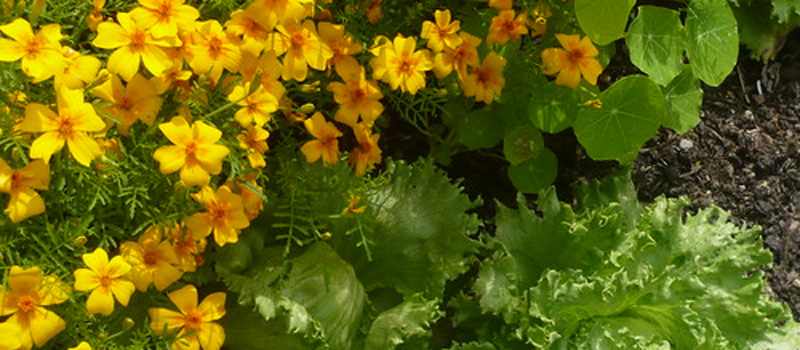Categories > Plant Care and Maintenance
The Marvels of Mycorrhizal Fungi in Gardening
Gardening enthusiasts are always on the lookout for ways to enhance the health and vitality of their plants. One often overlooked but crucial player in the world beneath the soil is Mycorrhizal fungi. These remarkable fungi form a symbiotic relationship with plants, contributing significantly to soil health and overall plant well-being.
Understanding Mycorrhizal Fungi
Mycorrhizal fungi live in and around the root systems of plants, creating a mutually beneficial association. This symbiotic relationship has evolved over millions of years, resulting in a partnership that benefits both the fungi and the plants they inhabit. There are two main types of mycorrhizal associations: ectomycorrhizal and endomycorrhizal.
Ectomycorrhizal fungi form a dense network around the plant roots, enhancing nutrient absorption and providing a protective barrier. On the other hand, endomycorrhizal fungi penetrate the plant roots, forming structures called arbuscules and vesicles, which facilitate nutrient exchange between the fungus and the plant.
Benefits for Soil Health
The presence of mycorrhizal fungi is a clear indicator of healthy soil. These fungi play a vital role in improving soil structure, making it more porous and better able to retain water. The fungal networks create a web that binds soil particles together, preventing erosion and promoting aeration.
Soil fertility is also enhanced by mycorrhizal fungi. They have the ability to access nutrients, such as phosphorus and nitrogen, from the soil more efficiently than plant roots alone. This increased nutrient absorption benefits the plant, promoting robust growth and development.
Boosting Plant Growth
One of the most significant advantages of mycorrhizal fungi for gardeners is their impact on plant growth. The enhanced nutrient uptake by plants results in improved vigor, increased resistance to diseases, and a greater tolerance to environmental stressors.
Additionally, mycorrhizal fungi contribute to the production of growth-promoting hormones within plants. This hormonal boost leads to better root development, increased flowering, and higher yields for fruits and vegetables.
Establishing Mycorrhizal Relationships in Your Garden
Encouraging mycorrhizal fungi in your garden involves creating conditions that foster their growth. Here are some practices to consider:
- Avoid overusing synthetic fertilizers: Excessive use of synthetic fertilizers can disrupt the symbiotic relationship between plants and mycorrhizal fungi. Opt for organic alternatives to maintain a healthy balance.
- Minimize soil disturbance: Excessive tilling and soil disruption can harm mycorrhizal networks. Practice minimal soil disturbance to preserve the fungal structures and promote their growth.
- Use mycorrhizal inoculants: Introduce mycorrhizal inoculants to your garden, especially when transplanting or starting new plantings. These inoculants contain spores or hyphae of mycorrhizal fungi, helping establish the symbiotic relationship quickly.
- Choose companion plants: Some plants naturally promote mycorrhizal growth. Consider planting companion plants that support the development of these beneficial fungi.
Conclusion
In conclusion, the world of gardening goes far beyond what meets the eye. The intricate dance between plants and Mycorrhizal fungi beneath the soil is a testament to the complexity and beauty of nature. By understanding and harnessing the power of these beneficial fungi, gardeners can create environments that promote not only plant growth but also sustainable and thriving ecosystems.
So, the next time you dig into your garden, remember the unseen heroes working tirelessly beneath the surface, contributing to the success and abundance of your plants.
Newsletter

